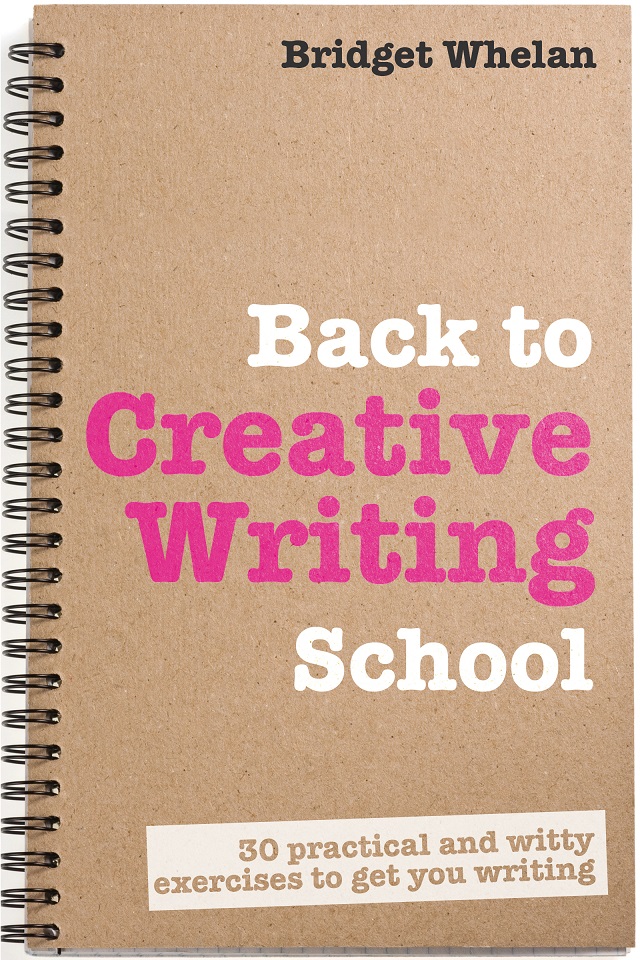START THE WEEK with a creative writing exercise – reclaim the word NICE

Hope’ is the thing with feathers –
That perches in the soul –
And sings the tune without the words –
And never stops – at all –
And sweetest – in the Gale – is heard –
And sore must be the storm –
That could abash the little Bird
That kept so many warm –
I’ve heard it in the chillest land –
And on the strangest Sea –
Yet – never – in Extremity,
It asked a crumb – of me.
I love this poem by Emily Dickinson. It is still fresh 120+ years since it was written. It is distinctive and so completely hers. It is also a very effective means of communication. Abstract emotions can wash over the reader, leaving a general impression but nothing that sticks, nothing that makes them feel. But we know exactly what a Massachusetts spinster meant by the word hope when she wrote these words because she turned the abstract into something concrete, something we can visualise and hear in our imagination.
Your task is to do the same by rescuing the word nice from the bland wetland it is stuck in. Make it mean something very particular to you by turning it into something you could touch and smell. Perhaps if you were in the room you could also hear it, taste it.
Think of something you cherish because it is nice and write about that kind of nice-ness without mentioning the object or person. My granddaughter is the nicest person I know. Her kind of niceness is a bit like eating a beautifully cooked meal that leaves you feeling satisfied and comfortable for a long time. (This is top of the head stuff so I haven’t developed the image but you can see where I’m going…I hope.)
You can turn it into a poem or craft a passage of prose whichever feels like the right form when you write.
You can do whatever you like as long as you give us back the word NICE.
Picture credit: jacqueline macou from Pixabay



